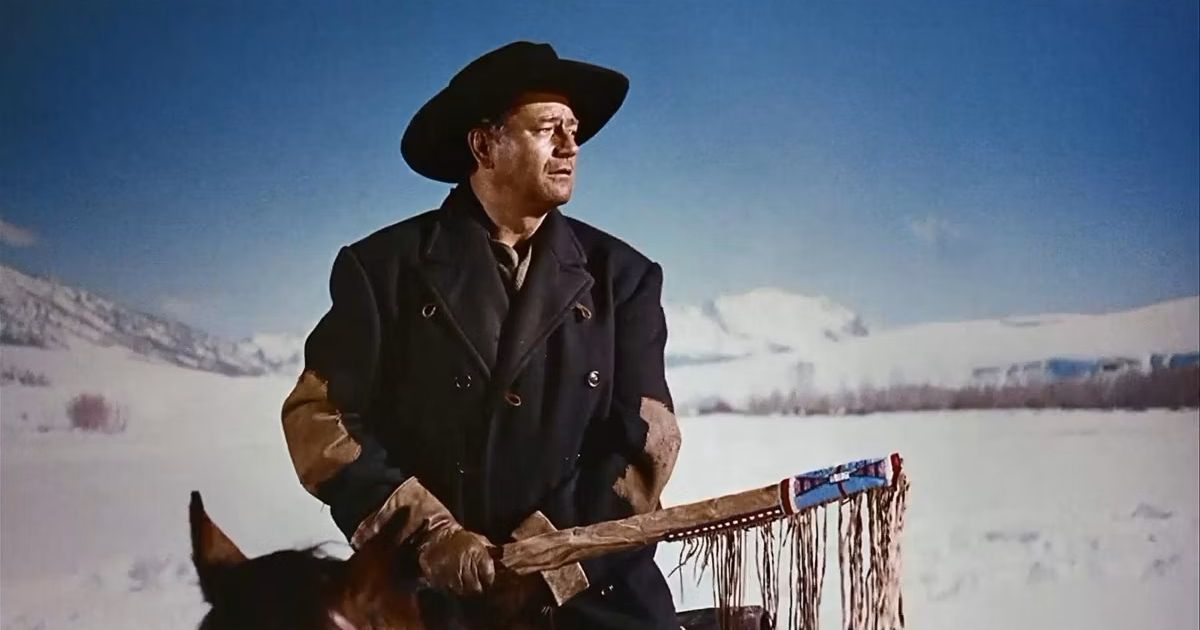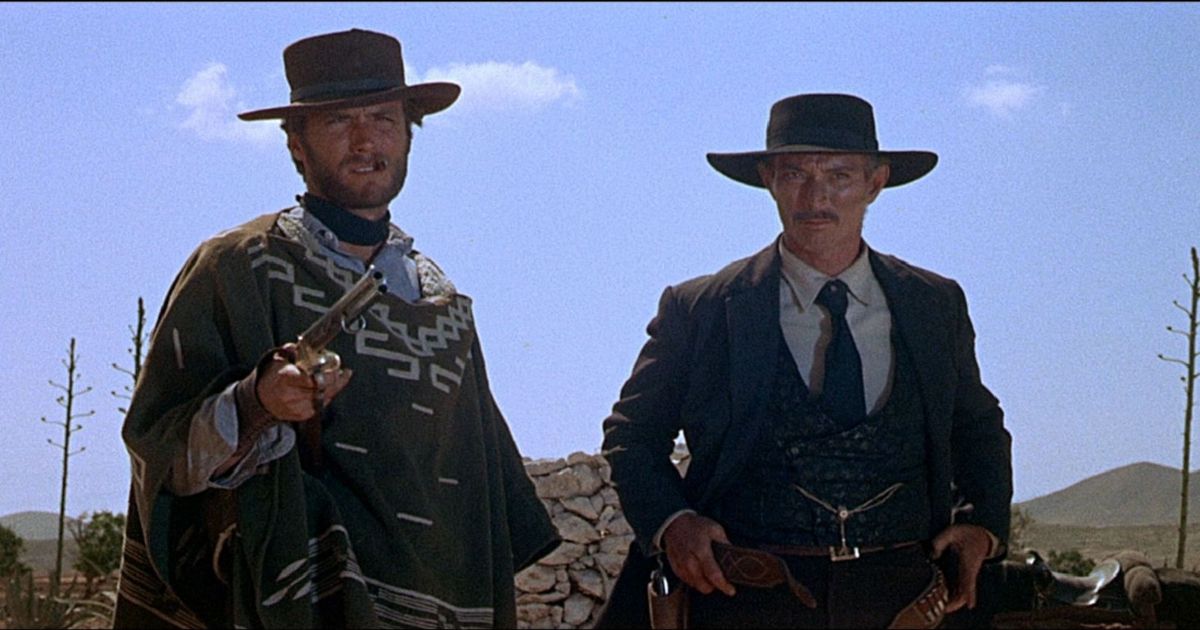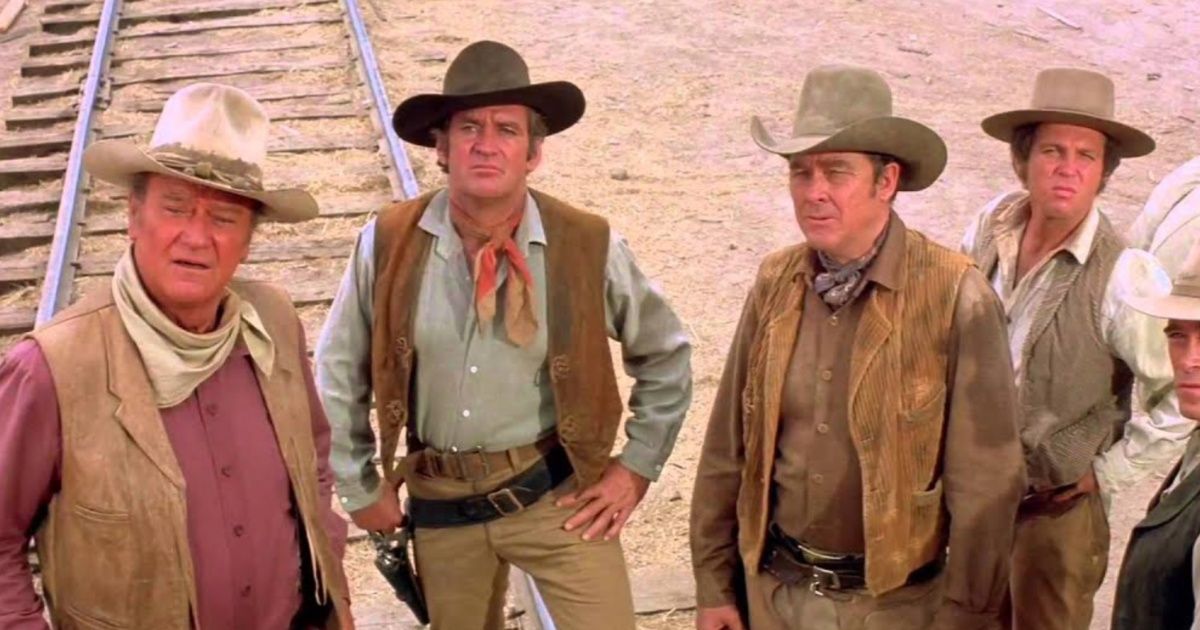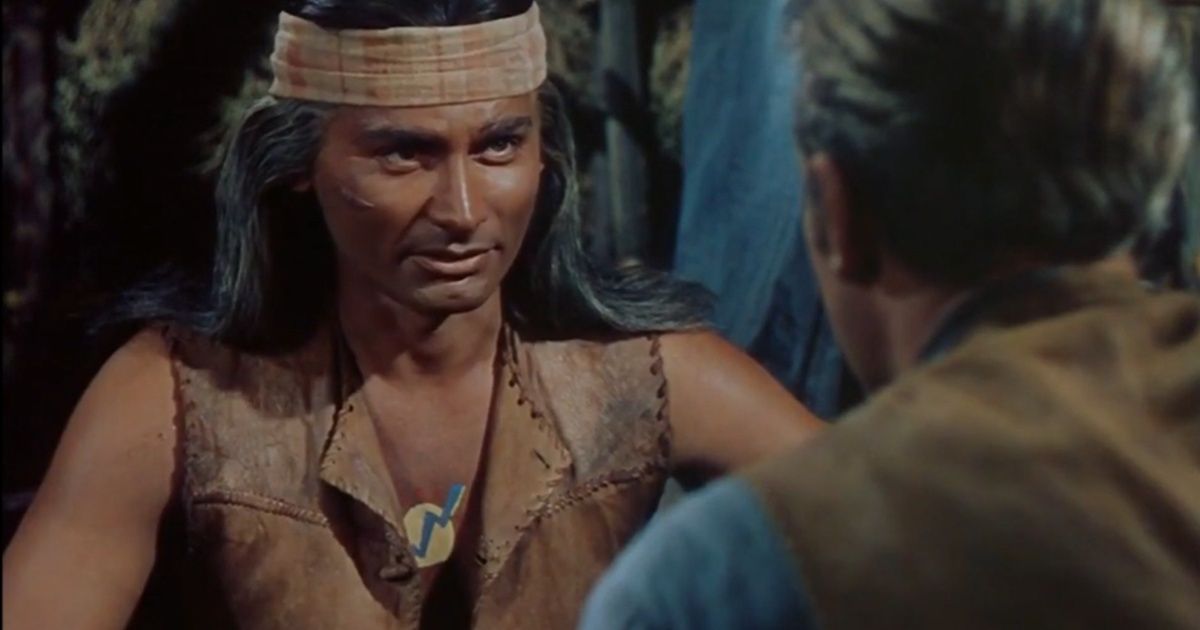Westerns have been around for over a century now, and it’s during the genre’s golden age (1940s to 1960s) that the bulk of the films were released. Thanks to the wonderful settings and captivating hero-villain dynamics, the public became addicted and during this era, the number of Wild West productions outnumbered all other genres combined.
With so many movies in the genre being made, common patterns emerged between them. But as common as these tropes were, audiences didn’t seem to mind because each director made an effort to tell their own unique story. Whether it was a failed robbery attempt in Butch Cassidy & The Sundance Kid or a woman seeking revenge for her father’s death in Cat Balou, there was always something new for fans to enjoy.
10 A Corrupt or Cowardly Sheriff
Lawlessness is rampant in each Western. With such huge crime waves, you would think state governments would pump up police numbers in each town, but ordinarily, there are only a few officers in each jurisdiction and a Sheriff that’s having a hard time dealing with everything. And in most cases, the key law enforcement figure is shown to be cowardly or corrupt.
The best example of a crooked Sheriff is John Baxter from A Fistful of Dollars, who is a lawman only by name. His main goal is to make as much money as possible through a struggling operation. On the other hand, Burt Kennedy’sSupport Your Sheriff introduces audiences to a town where every Sheriff has either been killed or driven out of the job because they were incompetent. One man thus takes up the responsibility, hoping to change things.
9 Black Hat and White (or Lighter) Hat
A good number of the greatest Western villains don black (or dark hats), whereas the protagonists normally wear those that are of a lighter shade. This is a deliberate move because black symbolizes evil while white is associated, with purity righteousness, and progressiveness. The 1903 Silent Era masterpiece, The Great Train Robbery was the film that kickstarted this trope, and it has stuck ever since.
In Hollywood’s early days, the trope was also embraced by filmmakers because it helped audiences identify the heroes and villains easily. Since scenes were in black and white, it would have been quite confusing to have both parties where similar shades. And when color was finally invented in film, it didn’t make sense to stop the trend because it had already become wildly popular.
8 The Bar (Saloon) Brawl
Characters rarely drink in peace in Westerns. Whenever an outsider shows up and orders a whisky, there is a guarantee that a tough local will attempt to rile them up for no good reason. This results in fisticuffs or a violent shootout, leaving several people dead or scampering or safety. Consequently, plenty of property gets damaged during these brawls, but in the same manner that superheroes are rarely held responsible for the destruction of highways and skyscrapers, no one ever gets a repair bill sent to them in these movies.
One of the best-ever Western fights is the bar battle from the 1953 Technicolor film, Shane. In it, the protagonist heads over to a bar to face the ruthless cattle baron, Rufus Riker, and his henchmen. Things turn bloody as a young boy watches on. And even though Shane wins, it ends up being more of a pyrrhic victory for him. Having sustained so many injuries, he rides off to the sunset to die.
7 A Standoff
In the chaotic world of Westerns, the majority of adults are expert gunslingers. They all have great aims and stylish weapons, so the likelihood of one coming out on top easily is always minimal. Audiences are, therefore, treated to a standoff, involving two or more characters that are positioned away from each other. Whoever has a quicker draw gets to walk away alive.
A debate about the best among the numerous standoffs in the genre would never end, but the one in Sergio Leone’s The Good, The Bad & The Ugly arguably trumps the rest when it comes to tension and payoff. In it, the trio of Angel Eyes, Blondie, and Tuco finds itself at the Sad Hill Cemetery where $200,000 in gold is buried in one of the graves. Since only one of them can get the cash, they stand apart in a triangular formation, each with a hand on their weapon. The camera angles perfectly capture their eye movements and general anxiety, before Blondie kills Angel Eyes, and spares Tuco because of their history.
6 Bounty Hunting
Since there are lots of tough criminals and few law enforcement officers in Westerns, there is always a job opportunity for bounty hunters. Once a hefty price tag gets stamped on a fugitive’s head, several skilled gunslingers show up to try and capture them first. And on most occasions, these bounty hunters end up clashing and trying to take each other out.
After interest in Westerns died down, bounty hunters still remained a thing, spilling over to other genres. Audiences thus got to see the likes of Boba Fett from Star Wars and Leonard Smalls from Raising Arizona. With time, private detectives also took over the assignments initially done by Western heroes. By solving a crime, they get paid by whoever had hired them and manage to make a decent living in the process.
5 Violent Justice
Violent criminals in Westerns get harsh punishments whenever they are captured. They are either subjected to public hangings, beheadings, or stoning. It’s easy to see why such options are taken as there are no well-developed judicial systems in the Old West. Neither are there plenty of large penitentiaries capable of holding all the numerous outlaws.
Another sub-trope emerged from this during the Golden Age of Westerns, and it involves a bounty hunter shooting the noose just as an outlaw is about to hang. This way, they escape, and the prize money gets increased. Consequently, the bounty hunter captures them again and collects a bigger check (or rather a bag of coins).
4 A Lone Wolf
A Western movie like John Sturges’ The Magnificent Seven uses an ensemble cast, but in most cases, there is one person seeking to take care of all problems by themselves. Sometimes they get a sidekick along the way, but even when that happens, they still prefer to enforce their own principles, hence when the job gets done, they take all the credit.
The lone wolf trope was deliberately used by filmmakers to make the protagonist more likable. By solving the entire problem by themselves, they would be instantly seen as strong and competent action heroes that were worth revering. From the ‘70s going forward, these lone wolves would evolve into urban one-man-army heroes that have remained relevant in the current Hollywood landscape.
3 The Railroad
There wasn’t such a wide variety when it came to modes of transport in the Old West. Apart from horses, the only other major option was the train, so the majority of Westerns feature a railroad scene or several of them. Whether it’s ongoing construction, the transportation of an asset or goods, or a hijacking, railroads play important roles in the genre.
Apart from being used as the settings for action sequences, railroads, serve several other purposes in the storylines. For example, there weren’t too many employment opportunities in the Old West, so the majority of characters in classic Westerns tend to be ranchers, law enforcement officers, bounty hunters, soldiers, railroad construction workers, or train operators/conductors.
2 The Native American Conflict
The portrayal of Native Americans varies in each Western film. In some, it’s all problematic, with members of the ethnicity being depicted as unreasonable lovers of anarchy while in others, they are the oppressed, so they bravely stand up for themselves. Whatever the angle, the battles normally end up being tense and brutal.
Delmer Daves’ Broken Arrow is one of the few films that feature a cordial relationship between Native Americans and settlers. In it, the United States Army Scout, Tom Jeffords, strikes a friendship with members of the rebellious Chiricahua tribe and helps broker peace between the two parties. One memorable scene involves a thirsty Native Indian acting surprised as Jeffords offers him water because he is never used to such acts of kindness from their enemies.
1 Woman with a Past
Every Western features a tough woman whose life has been shaped by past unfortunate events, Either her husband got killed, her parents were mean or abusive, or she was shortchanged by someone. In other cases, it’s a woman that was serving as an escort but got fed up with dealing with violent and possessive men.
Many iconic female protagonists in Westerns fit the above descriptions. The best representation of this trope is in Roger Corman’s Gunslinger. In it, a widow steps up immediately after her husband, who happened to be the town marshal gets murdered. She shoots one of his killers at the funeral and goes on to pursue the other, all while maintaining law and order in the town. While at it, she finds herself in conflict with a brothel owner.










